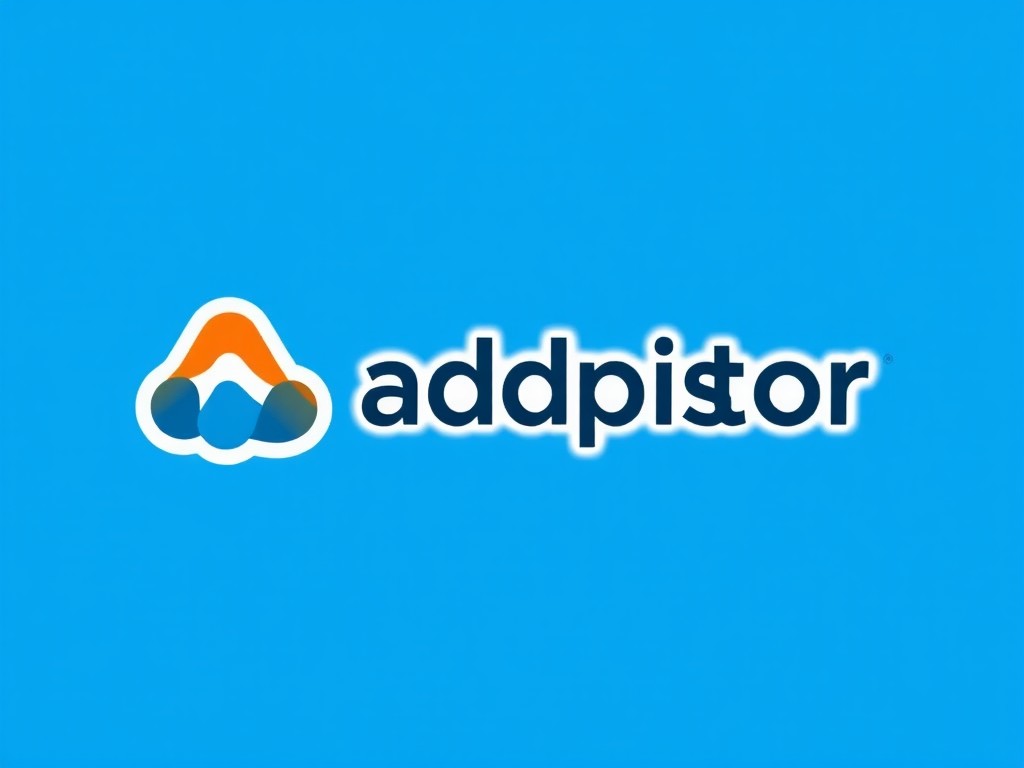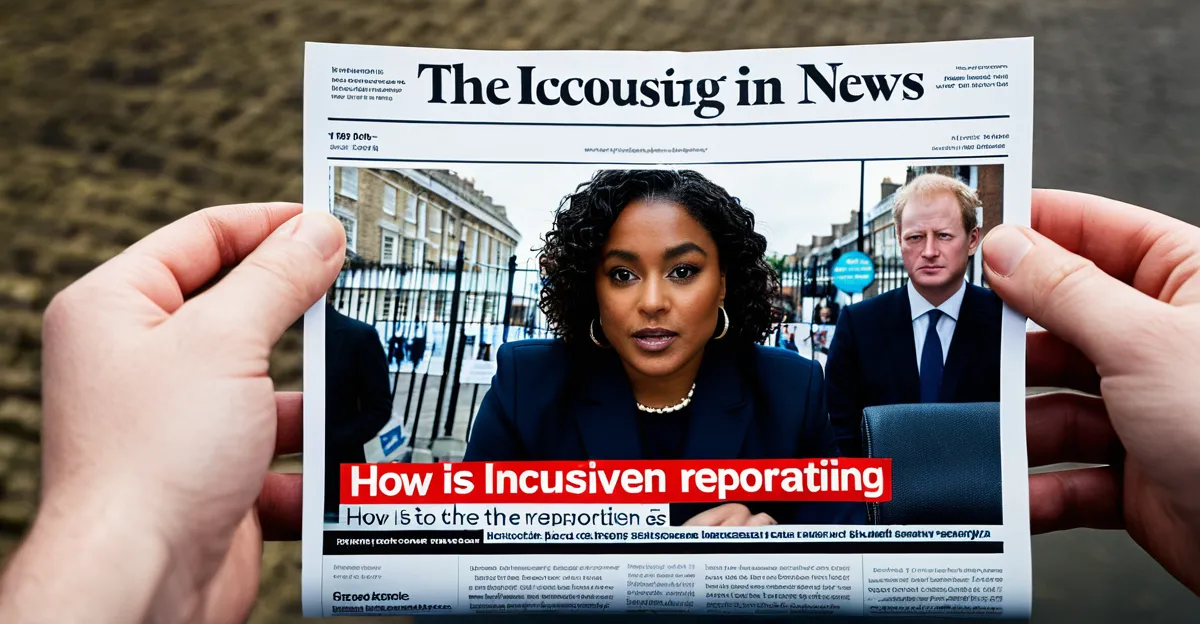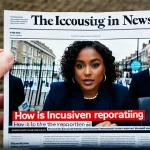Key Policies and Guidelines Shaping Diversity in UK News Reporting
The UK’s diversity policies and newsroom guidelines are principally shaped by regulatory bodies such as Ofcom and IPSO. Ofcom enforces standards that mandate broadcasters to reflect society’s diversity fairly, requiring transparent reporting on workforce composition. IPSO’s Editors’ Code similarly urges news organisations to avoid discrimination and promote equality, embedding these principles into editorial decisions.
These UK media standards not only establish diversity targets but also encourage ongoing monitoring and accountability. For instance, many outlets now publish annual diversity reports demonstrating workforce demographics and progress. This transparency holds newsrooms accountable and motivates continuous improvement.
In parallel : How is the NHS innovating to improve patient care?
The impact of these policies is significant in shaping editorial choices. Newsrooms are increasingly mindful of representation in story selection, source diversity, and language use. These guidelines encourage balanced portrayal of communities, striving to reduce bias and enhance public trust.
In practice, the integration of diversity policies with newsroom operations promotes a more inclusive media environment. By combining clear targets with rigorous reporting, UK media standards help foster newsrooms that better reflect the diverse audiences they serve.
Also to see : What impact is inflation having on the UK economy?
Industry Initiatives Advancing Representation in Newsrooms
Exploring collaborative efforts and successful programs
UK industry initiatives play a crucial role in advancing newsroom diversity beyond regulatory mandates. Major broadcasters like the BBC, Channel 4, and ITN actively lead collaborative media diversity programs designed to enhance representation among journalists and editorial staff. These programs often include partnerships with universities, workshops, and targeted recruitment drives aimed at underrepresented communities.
Non-profit organisations such as the Media Diversity Institute amplify these efforts by offering training, advocacy, and research to support inclusive practices within newsrooms. Their work provides critical insights into barriers faced by minority journalists and offers practical tools to overcome them.
Several case studies demonstrate tangible outcomes from these initiatives. For example, a partnership between a major broadcaster and a journalism association successfully increased minority representation in entry-level positions by 25% over three years. Another program focused on mentoring female journalists from ethnic minorities resulted in improved retention and career progression.
Overall, these industry initiatives and media diversity programs complement the existing newsroom guidelines and UK media standards, creating more pathways for inclusion and shaping a media landscape that better reflects the multicultural UK population.
Government Actions and Support Measures
Government policies have increasingly bolstered newsroom diversity through targeted support and legislative frameworks. Recent campaigns allocate funding specifically to elevate underrepresented voices, signalling a sustained public sector commitment. These government policies embed diversity goals within statutory frameworks that mandate equal opportunity in hiring and promotion practices across media organisations.
Parliamentary committees have produced reports highlighting persistent challenges in media representation. They recommend stronger enforcement of existing rules and enhanced resource allocation to diversity initiatives. This oversight ensures that diversity policies translate into measurable improvements rather than remaining aspirational statements.
Public sector support also involves collaboration with regulatory bodies and media organisations to align efforts. For instance, funding schemes often require transparent progress reporting consistent with UK media standards, fostering accountability.
These government policies create a structural foundation supporting editorial diversity, complementing newsroom guidelines. By establishing clear legal and financial backing, the government reinforces industry efforts to cultivate inclusive news environments. This multi-level approach addresses systemic barriers and promotes equitable representation in UK news reporting.
Hiring Practices and Media Training Programs
Hiring practices in UK newsrooms increasingly embrace inclusive recruitment to address diversity gaps effectively. Leading media organisations have adopted transparent recruitment strategies that actively seek candidates from underrepresented backgrounds. These strategies include outreach through community groups, diversity-focused job fairs, and anonymous application processes, all designed to reduce bias.
Newsroom internships and scholarships play a vital role in cultivating diverse talent. Many broadcasters and journalism associations offer targeted internships for ethnic minorities, women, and other underrepresented groups. These internships provide crucial hands-on experience, easing entry barriers into competitive media careers.
Diversity training is another cornerstone. Newsrooms implement regular diversity training modules covering cultural competency, unconscious bias, and inclusive reporting. Mentoring schemes pair seasoned journalists with new recruits from diverse backgrounds, fostering professional development and retention.
Such training programs and recruitment efforts complement broader diversity policies and newsroom guidelines by embedding diversity into the very fabric of newsroom culture. These initiatives not only enhance individual career trajectories but also improve editorial balance and the inclusivity of UK media standards. Through these practical steps, news organisations commit to long-term, sustainable improvement in newsroom diversity.
Notable Campaigns and Community Representation in UK Media
High-profile media campaigns like the “50:50 The Equality Project” at the BBC have significantly influenced diverse representation in UK news. This campaign aims for equal gender representation on air, making diversity a visible editorial priority. Results include a boost in female voices and balanced expert panels, reflecting a more inclusive news narrative.
Community-led reporting initiatives have also enhanced coverage quality and relevance. Local news projects engage underrepresented groups to share their perspectives authentically. This approach enriches storytelling by providing insights beyond mainstream narratives, fostering trust and connection with diverse audiences.
Data underscores both progress and persistent gaps in media diversity. While the proportion of ethnic minorities in sourcing and presentation has increased, they remain underrepresented compared to UK demographics. These findings highlight the value of sustained media campaigns and editorial commitment to improving diverse representation fully.
In summary, UK news examples demonstrate that targeted campaigns and community involvement together advance inclusivity. They reinforce newsroom standards by ensuring diversity is not just policy but practised in daily reporting, offering a richer, more truthful picture of society.






